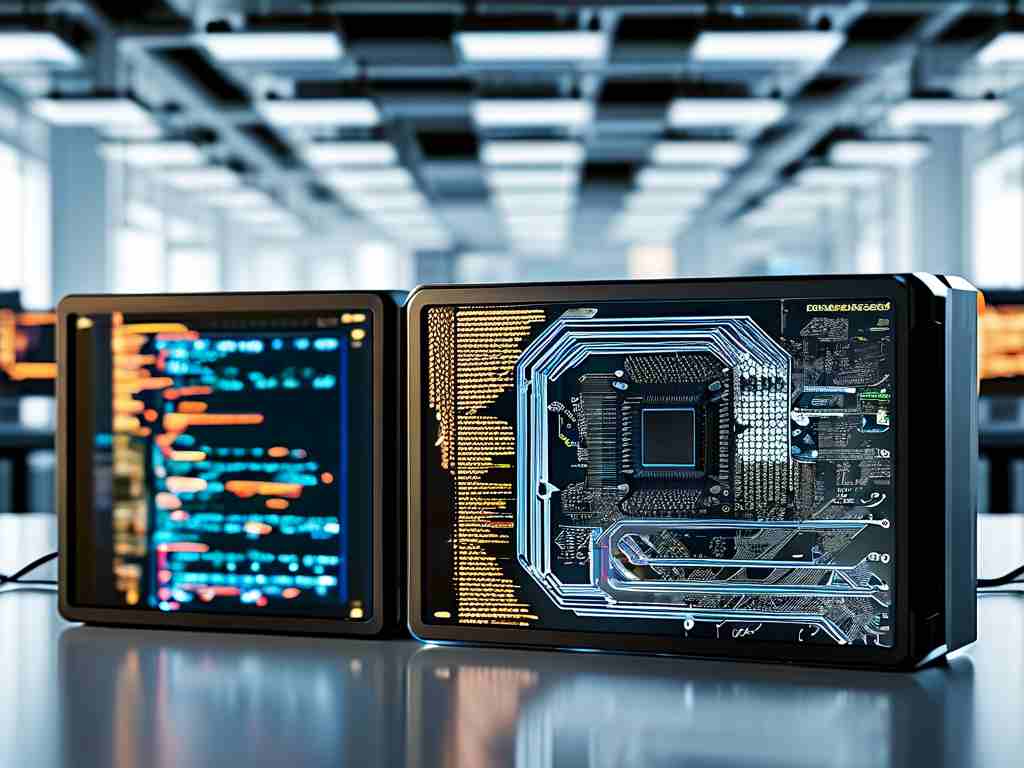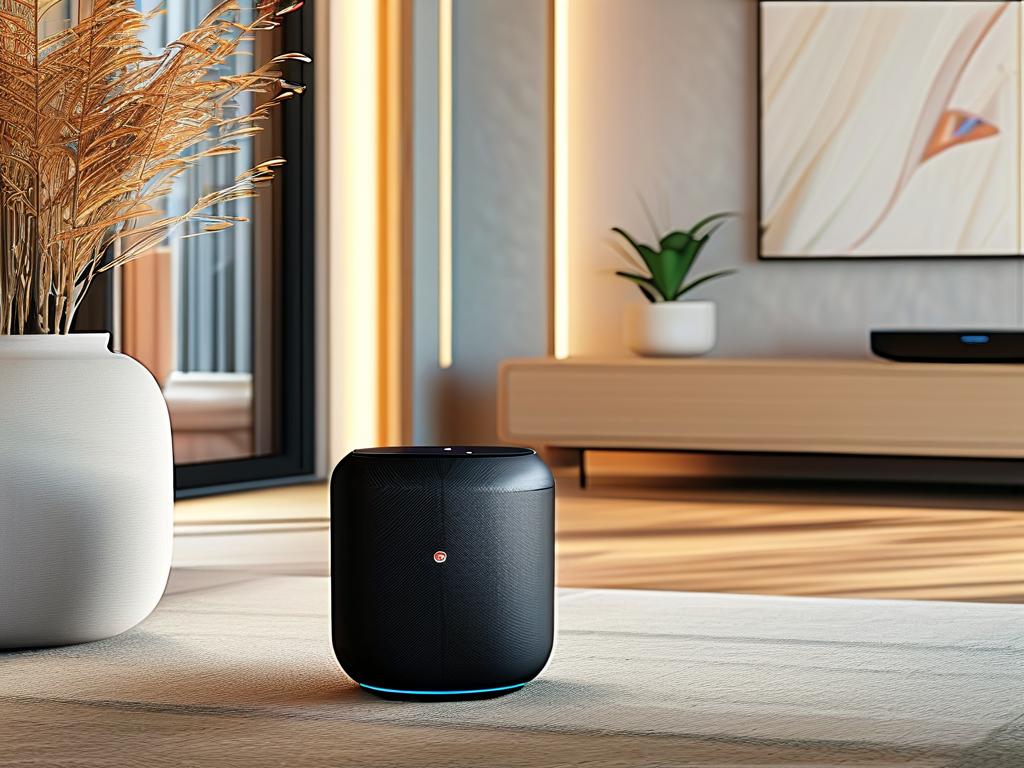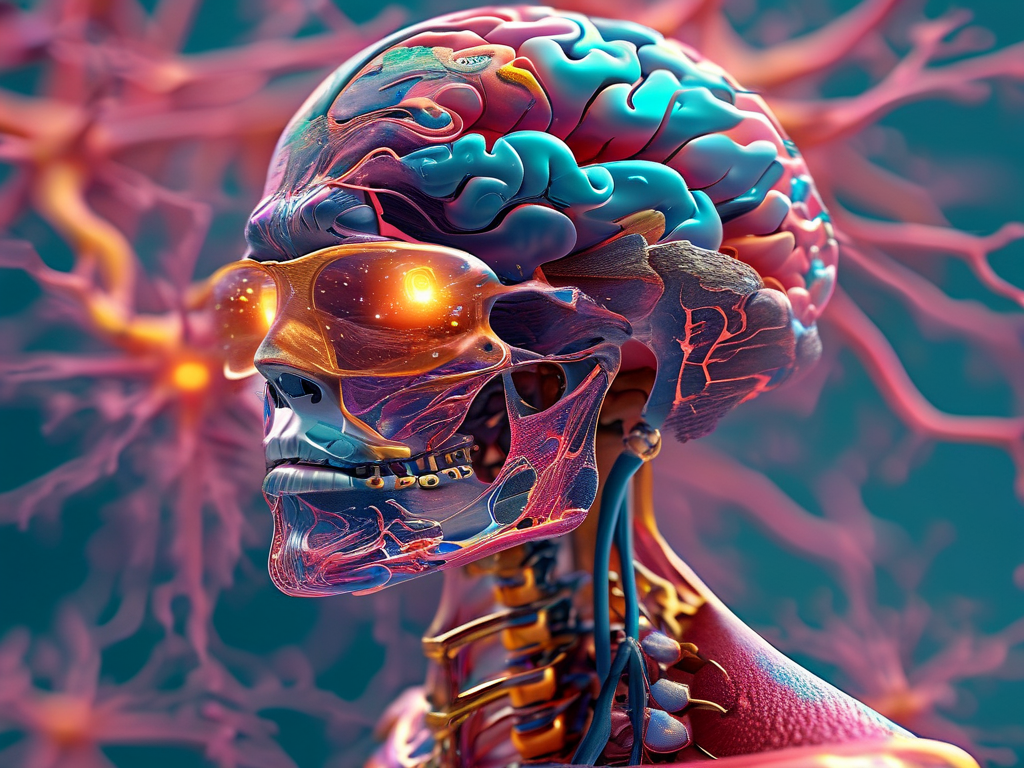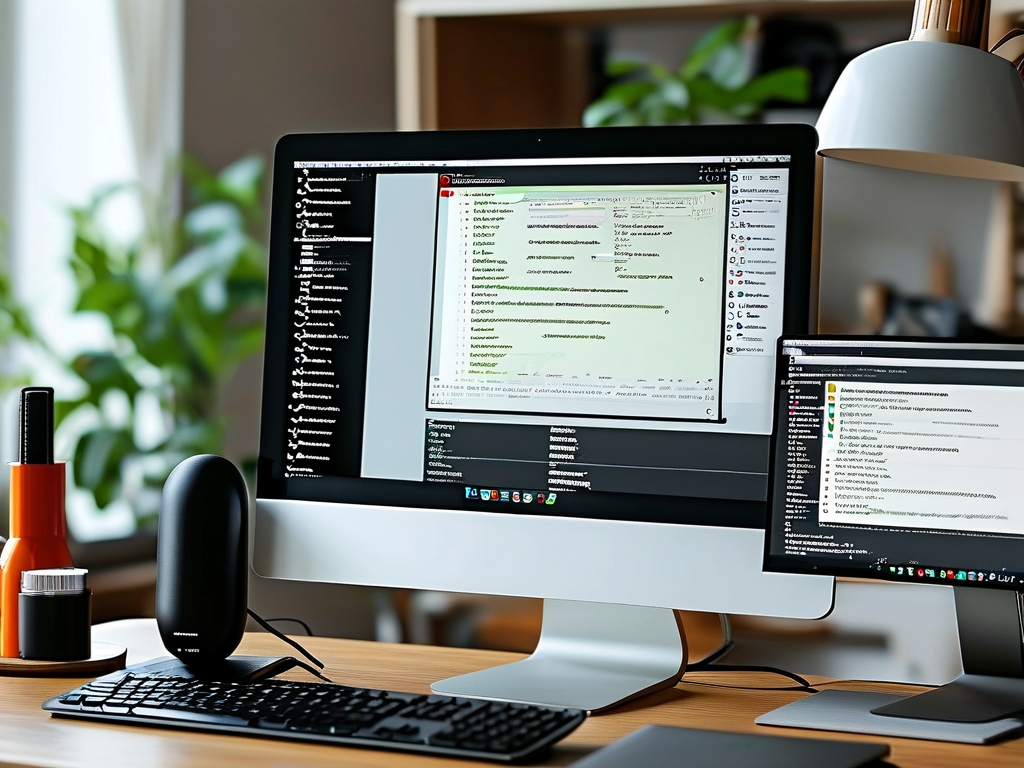The integration of deep learning into embedded systems has revolutionized how developers build intelligent edge devices, enabling real-time analytics and decision-making in resource-constrained environments. As industries shift towards IoT and automation, platforms tailored for deep learning embedded development are becoming essential. These platforms combine specialized hardware and software tools to deploy neural networks efficiently on devices like microcontrollers or edge servers. For instance, frameworks such as TensorFlow Lite or PyTorch Mobile simplify model optimization and inference, while hardware accelerators like NVIDIA's Jetson series or Raspberry Pi provide the computational muscle. This synergy allows for applications ranging from smart home assistants to autonomous drones, where low latency and energy efficiency are critical.
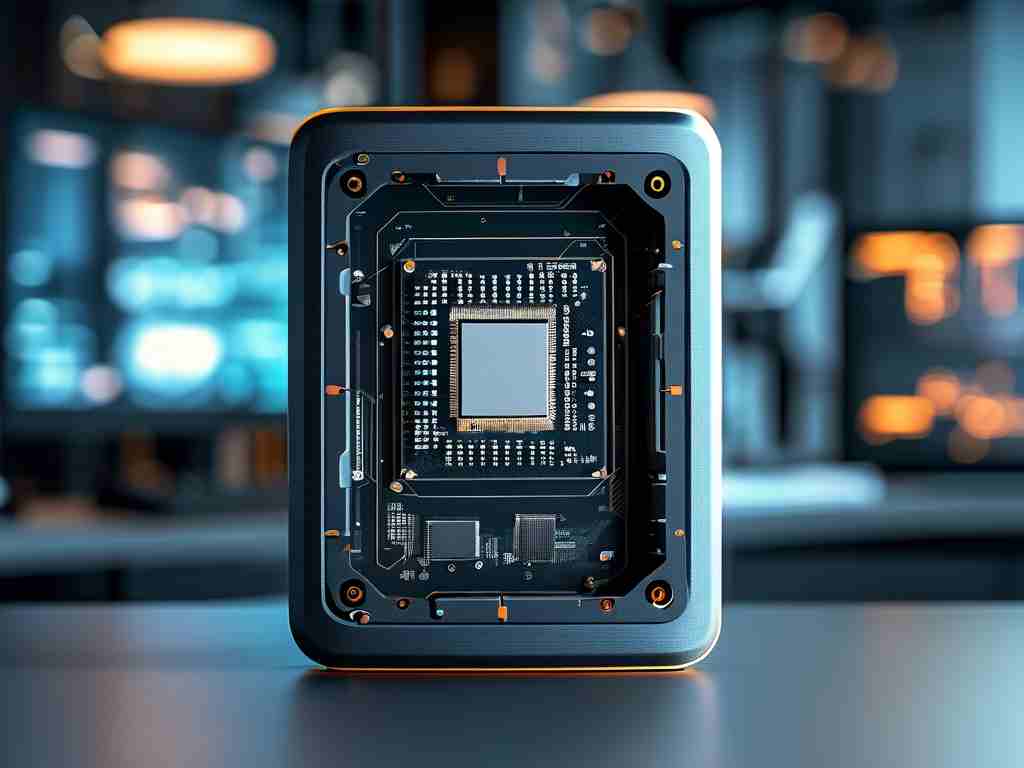
One key advantage of deep learning embedded development platforms is their ability to handle complex tasks locally, reducing reliance on cloud connectivity. This edge computing approach minimizes data transmission delays and enhances privacy, making it ideal for scenarios like predictive maintenance in factories or real-time health monitoring wearables. Developers can leverage pre-trained models and fine-tune them for specific use cases, such as object detection in security cameras or anomaly detection in industrial sensors. The process often involves converting large-scale models into lightweight versions through techniques like quantization or pruning, which trim unnecessary parameters without sacrificing accuracy. This optimization is crucial for embedded systems with limited memory and power budgets.
However, challenges persist in this domain. Memory constraints often force developers to make trade-offs between model complexity and performance. For example, deploying a high-accuracy convolutional neural network (CNN) on a microcontroller might require aggressive compression, potentially impacting robustness. Additionally, real-world deployment introduces issues like environmental variability—such as temperature fluctuations affecting sensor data—which demands robust testing and calibration. Tools like TensorFlow Lite for Microcontrollers help address these by providing libraries for on-device training and inference. Here's a basic code snippet in Python demonstrating image classification using TensorFlow Lite:
import tensorflow as tf
import numpy as np
# Load the TFLite model and allocate tensors
interpreter = tf.lite.Interpreter(model_path="model.tflite")
interpreter.allocate_tensors()
# Get input and output details
input_details = interpreter.get_input_details()
output_details = interpreter.get_output_details()
# Prepare input data (e.g., an image array)
input_data = np.array(np.random.random_sample(input_details[0]['shape']), dtype=np.float32)
interpreter.set_tensor(input_details[0]['index'], input_data)
# Run inference
interpreter.invoke()
output_data = interpreter.get_tensor(output_details[0]['index'])
print("Prediction:", output_data)
This snippet highlights how straightforward it can be to integrate deep learning into embedded workflows, yet it underscores the need for careful resource management. Beyond code, developers must consider hardware compatibility; platforms like Arduino with AI extensions or Qualcomm's Snapdragon enable seamless prototyping. Future advancements may focus on federated learning, where devices collaboratively train models without sharing raw data, enhancing scalability and security. As AI continues to permeate everyday objects, these development platforms will drive innovation, pushing the boundaries of what embedded systems can achieve in fields like agriculture or smart cities. Ultimately, mastering these tools empowers developers to create smarter, more autonomous solutions that transform industries while addressing global challenges like sustainability and accessibility.


